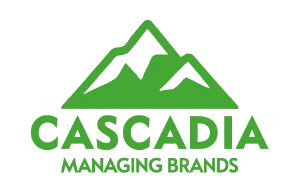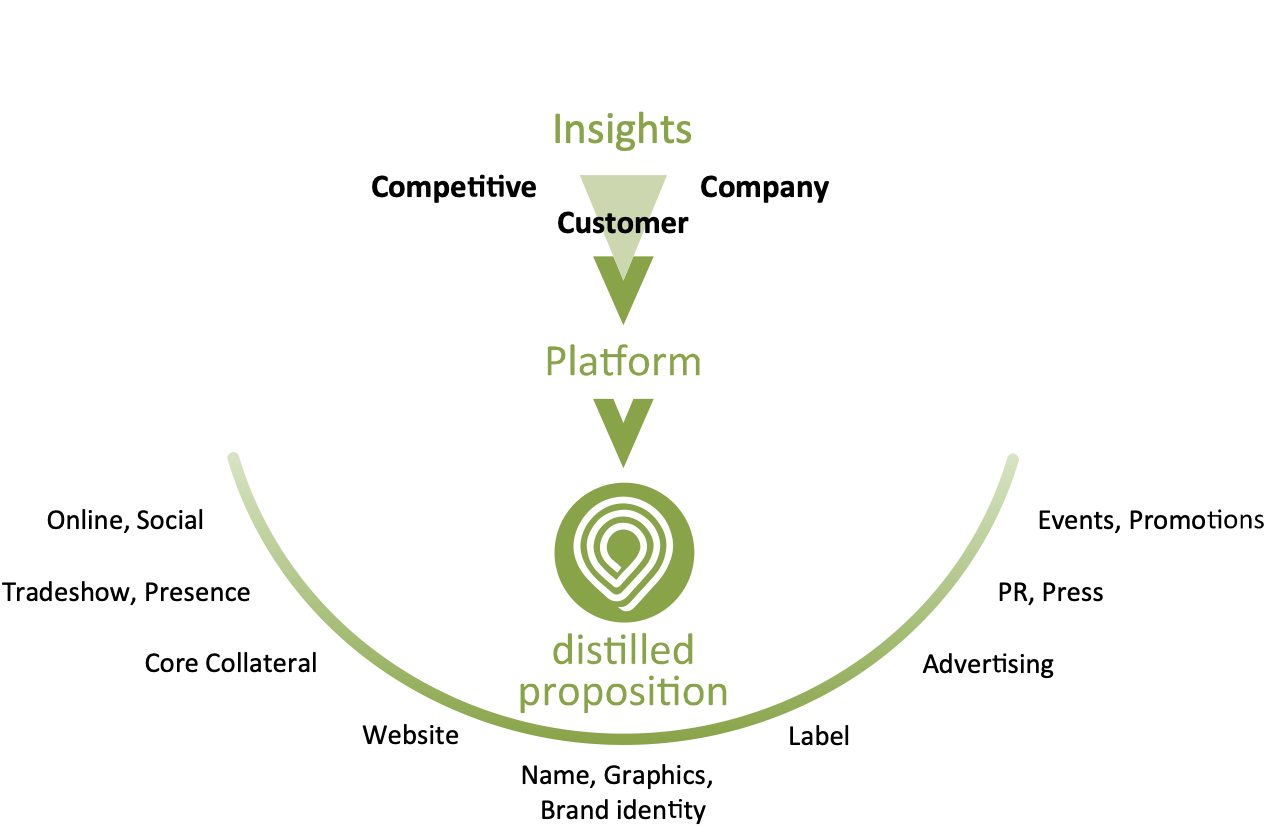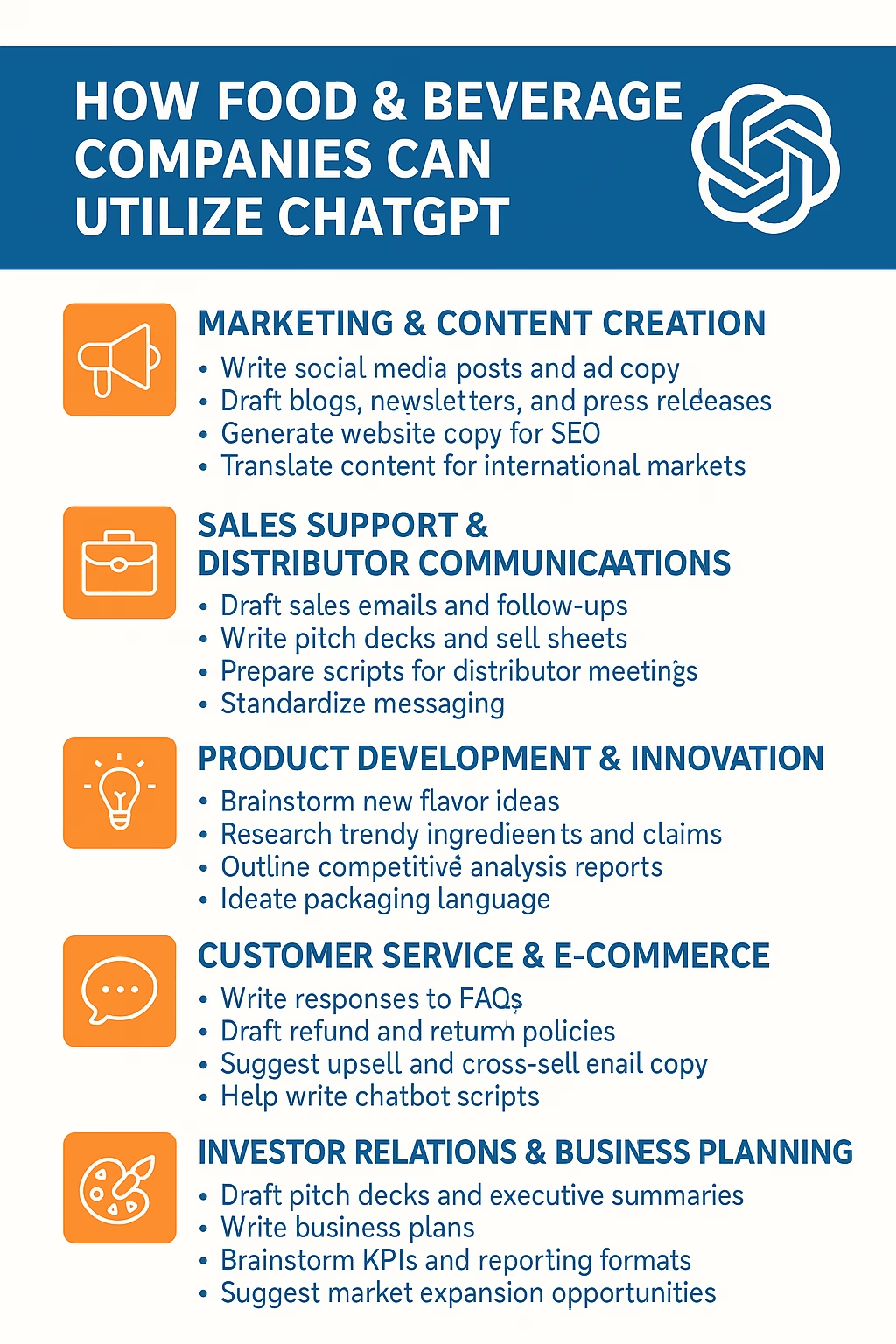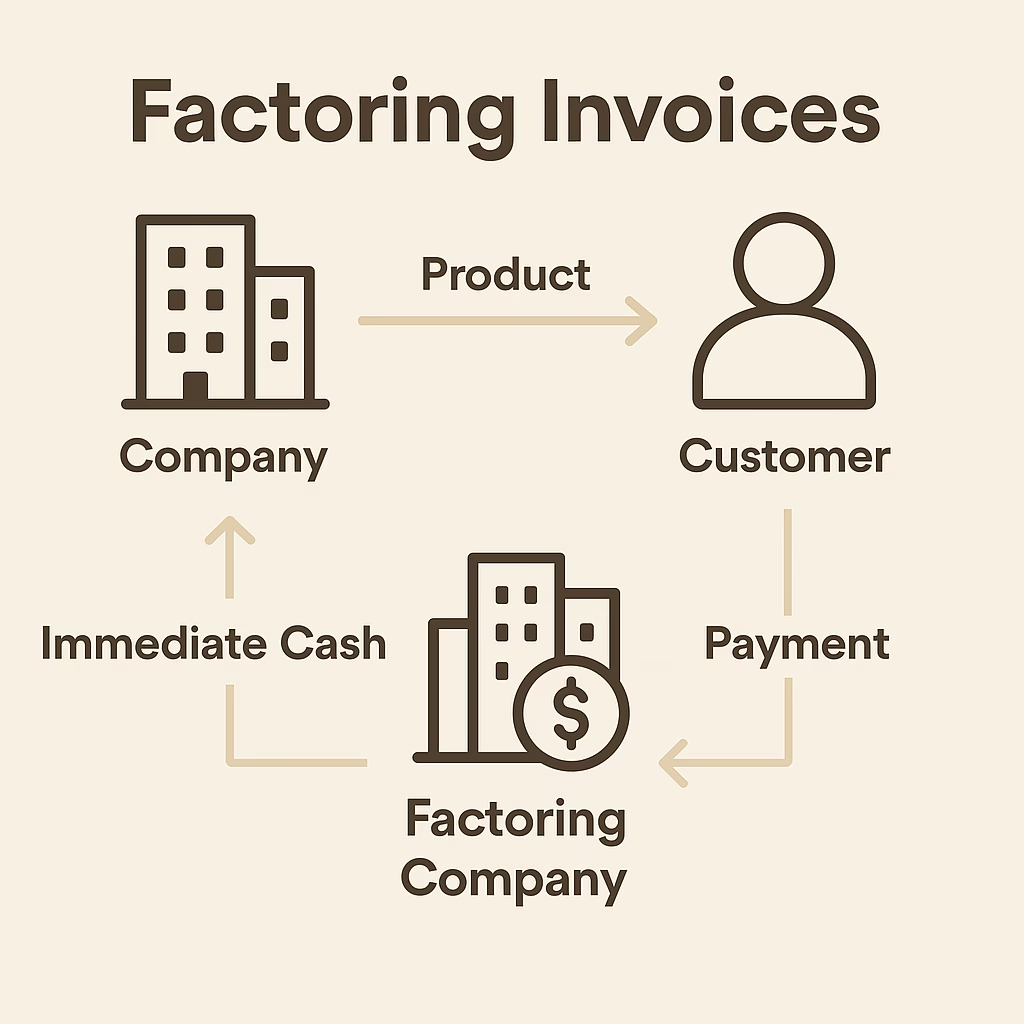This roadmap serves as a strategic compass for anyone building a brand—from early-stage entrepreneurs to CMOs at global companies. Follow…
Shrinkflation: How You’re Paying More and Getting Less—And Why It’s Legal
Open a bag of chips, unbox a frozen lasagna, or unwrap your favorite ice cream bar today, and you might wonder—wasn’t this bigger before? Chances are, it was.
Welcome to the era of shrinkflation, where your favorite foods and drinks are quietly shrinking in size while prices stay the same—or even go up. Unlike inflation, which is obvious on a receipt, shrinkflation hides in plain sight, subtly reducing the value you receive while companies protect their profit margins.
This article explores the scope of shrinkflation across multiple categories—beverages, snacks, frozen foods, ice cream novelties, and more—while diving into the legal loopholes that allow this trend to flourish and what it means for you as a consumer.
🍪 Cookies, Candy & Crackers: Same Package, Less Inside
Oreo Thins (Mondelez International)
In 2024, family-size Oreo Thins shrank from 13.1 oz to 11.78 oz—almost 10% less product. And customers are noticing: online forums and social media are filled with photos showing visibly thinner creme layers. The brand never made a public announcement. The price? Unchanged.
Reese’s Peanut Butter Cups (Hershey)
That classic two-cup pack once weighed 1.6 oz. Today, it’s 1.5 oz—a 6.25% drop. It may seem small, but multiply that across millions of units and it’s a significant reduction in product and increase in cost per ounce.
Keebler Chips Deluxe Cookies
Packages dropped from 11.3 oz to 9.75 oz. The cookies are the same, just fewer of them—without any fanfare or price change.
Ritz Crackers (Mondelez)
Boxes once weighed 200g. Today: 150g—a 25% reduction. The box looks the same. The sticker price remains identical.
🧂 Salty Snacks: Less Crunch, Same Crinkle
Doritos (Frito-Lay)
Frito-Lay reduced the size of a standard bag from 9.75 oz to 9.25 oz—about five fewer chips per bag. That’s roughly a 5% drop with no packaging redesign to alert consumers.
Wheat Thins (Mondelez)
“Family Size” used to mean 16 oz. Now it’s 14 oz. But the price tag hasn’t changed, and most shoppers are none the wiser.
🥣 Cereal: Smaller Boxes in the Breakfast Aisle
Kellogg’s Froot Loops
Over the years, boxes of Froot Loops have quietly gone from 10.1 oz to 8.9 oz to 7.9 oz. Box dimensions are often adjusted to make the change hard to notice.
General Mills Family Size Cereal
Once 19.3 oz, boxes have shrunk to 18.1 oz. The “Family Size” label remains—while the family gets less breakfast.
🥤 Beverages: Downsized Drinks
Gatorade
This sports drink used to come in 32 oz bottles. Now it’s 28 oz—12.5% less hydration. Gatorade claimed it was due to a “new bottle design,” but that didn’t come with a lower price.
Coffee (Various Brands)
Ground coffee that once came in 1 lb (16 oz) cans now often clocks in at 10.3 oz or even 9.6 oz. Tin size and labels remain the same, masking a nearly 40% reduction over time.
🍦 Ice Cream & Novelties: The Pint That Isn’t
Häagen-Dazs
In 2009, Häagen-Dazs reduced their U.S. pints from 16 oz to 14 oz—a 12.5% reduction. The term “pint” stuck around, even though the volume did not.
Tillamook Ice Cream
Once packaged in 56 oz cartons, these now contain just 48 oz. The price stayed put—meaning you’re paying more per spoonful.
Klondike Bars (Unilever)
Originally 5 oz, these ice cream squares now weigh 4 oz—a 20% cut. The brand didn’t shrink the price, just the dessert.
Magnum Bars
These indulgent bars shrank from 120 ml to 100 ml. Same branding, less indulgence.
Nestlé Drumsticks
Classic cones dropped from 4.6 oz to 4.1 oz, with no public notice. The shrinkage is about 11%.
Choc-Tops
In Australia and New Zealand, choc-top cones have dropped from 6 oz to 5 oz in some brands—a 16.7% decrease hidden under a familiar dome of chocolate.
❄️ Frozen Foods (Non-Ice Cream)
Shrinkflation is especially sneaky in the frozen aisle, where packaging and branding hide reduced portions.
Lean Cuisine (Nestlé)
Many entrees dropped from 10.5 oz to 9 oz. The trays and box size are nearly identical, giving the illusion of the same meal.
Stouffer’s Family Size Lasagna
Once 96 oz, this frozen staple is now 90 oz—a 6.25% reduction. Not dramatic, but it adds up.
Banquet Frozen Meals (Conagra)
Banquet classics used to weigh 10 oz. Now, many hover around 9 oz—a 10% cut.
Amy’s Organic Bowls
Organic and vegetarian-friendly Amy’s bowls dropped from 10 oz to 9 oz—also about 10% less food, quietly done.
⚖️ What Gives Companies the Right to Do This?
In the U.S., manufacturers are not legally required to notify consumers when they reduce product size—as long as the net weight or volume is printed clearly and truthfully on the label. That’s it.
There are no laws against shrinkflation itself. If the package says “10 oz” and it contains 10 oz, it’s legal. But is it ethical? That’s another question.
⚠️ Is It Deceptive? What Does the Law Say?
While shrinkflation isn’t illegal, certain practices surrounding it could cross into deceptive marketing—especially if:
- The packaging design remains the same, intentionally hiding the reduction.
- The product is marketed as “new and improved” without disclosing downsizing.
- Price-per-ounce increases drastically with no consumer notice.
The Federal Trade Commission (FTC) could intervene under the “deceptive practices” clause if a company misleads consumers in a material way. However, this is rare and difficult to prove.
In one recent case (December 2024), a class-action lawsuit accused Arby’s of deceptive shrinkflation—alleging that it reduced the size of fries and drinks while keeping prices the same and not informing customers. It’s one of the first high-profile legal tests of shrinkflation’s legality under consumer protection laws.
📉 Why It Matters
Shrinkflation isn’t just a marketing trick—it’s a hidden price increase. For households living paycheck to paycheck, especially families with growing kids, it can quietly eat away at food budgets and value perception.
And it often hits the most trusted, nostalgic brands—the ones you don’t think twice about tossing into your cart.
🛒 How You Can Fight Back
Here are a few things consumers can do:
- Read the labels. Compare the net weight and serving size over time.
- Use unit pricing. Most stores display price per ounce—this tells the real story.
- Consider store brands. Private labels often offer better value.
- Speak up. Complain directly to companies and demand transparency.
- Support transparency legislation. Some advocates are pushing for laws requiring front-of-pack disclosure when product size shrinks.
📊 Summary Table
| Category | Product | Old Size | New Size | % Reduction |
|---|---|---|---|---|
| Oreo Thins | 13.1 oz | 11.78 oz | ~10% | |
| Reese’s Cups | 1.6 oz | 1.5 oz | ~6% | |
| Doritos | 9.75 oz | 9.25 oz | ~5% | |
| Froot Loops | 10.1 oz | 7.9 oz | ~22% | |
| Gatorade | 32 oz | 28 oz | ~12.5% | |
| Häagen-Dazs | 16 oz | 14 oz | ~12.5% | |
| Klondike Bar | 5 oz | 4 oz | 20% | |
| Amy’s Bowls | 10 oz | 9 oz | 10% | |
| Lean Cuisine | 10.5 oz | 9 oz | ~14% | |
| Ritz Crackers | 200g | 150g | 25% |
Final Thoughts
Shrinkflation isn’t going anywhere. As production costs rise and margins tighten, more brands will quietly cut corners—and product sizes. And while it’s technically legal, it’s eroding consumer trust, one ounce at a time.
So next time you feel like your snacks are disappearing faster than usual, don’t blame your appetite. You’re probably just experiencing shrinkflation in action.
Let me know if you’d like this formatted into a branded blog post with your Cascadia footer, images, quote blocks, or a downloadable PDF version.






